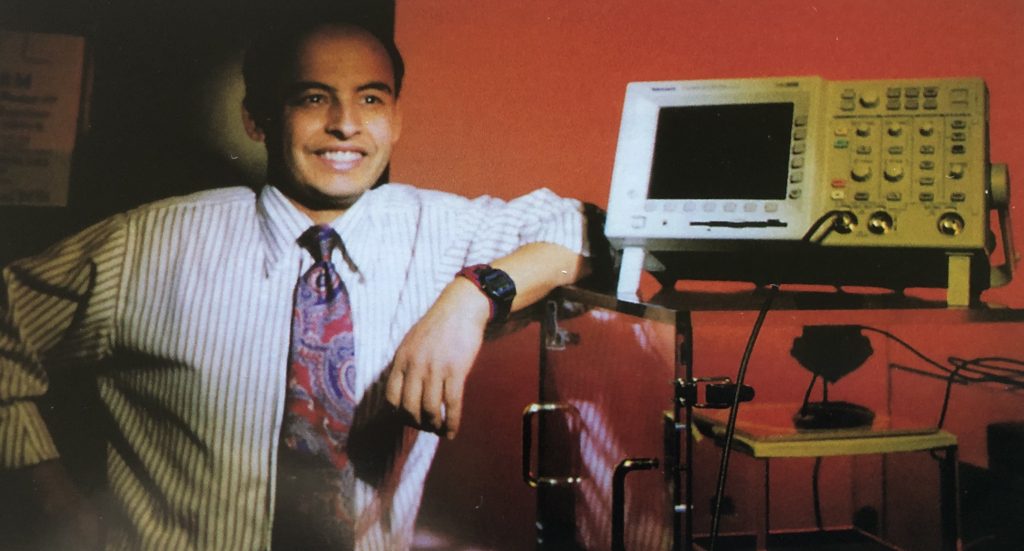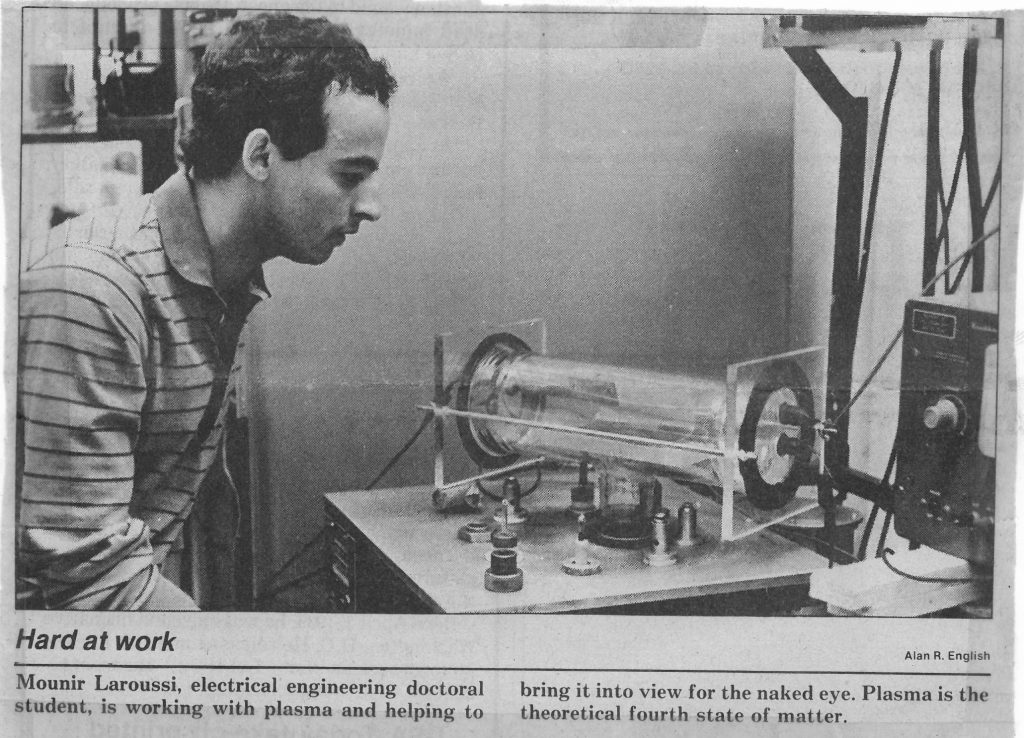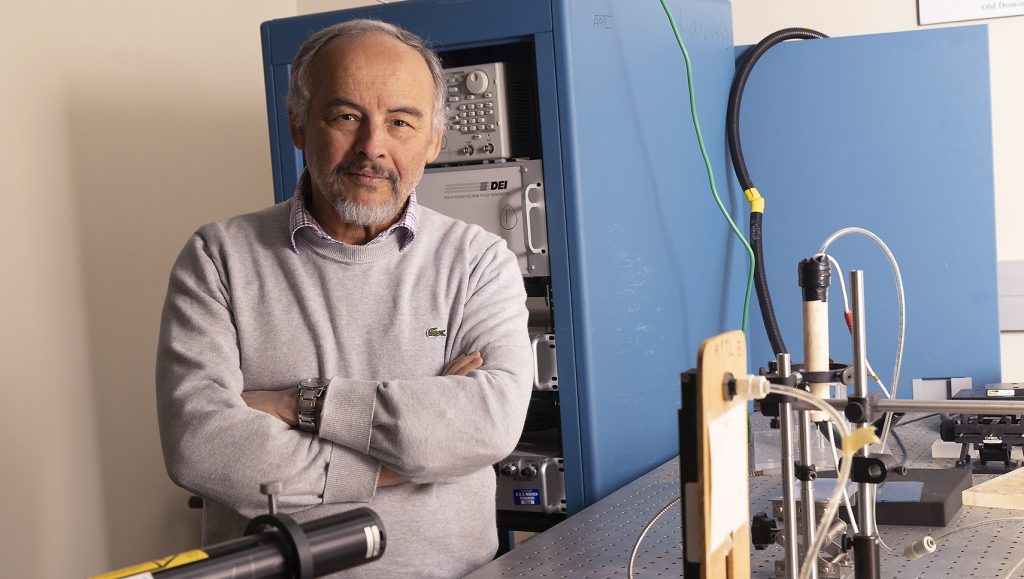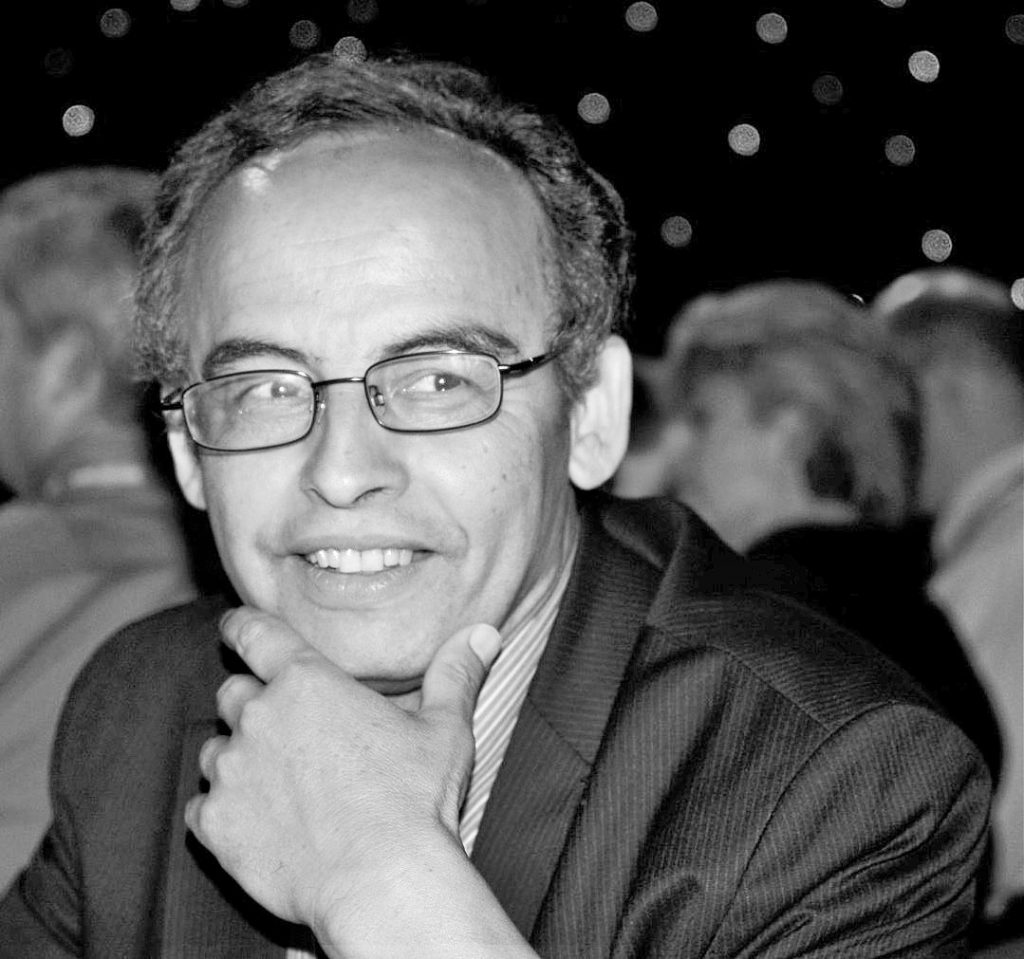
The biomedical applications of low temperature plasma (LTP) emerged in the mid-1990s when atmospheric pressure LTP was shown to have strong bactericidal effects. LTP devices were first used for the disinfection/ decontamination/sterilization of biotic and abiotic matter. One of the first medical applications was to disinfect wounds and to accelerate the wound healing process. Investigators have discovered that many of the biological effects of LTP are mediated by the reactive chemical species it produces. These species, which include ROS and RNS, cause various oxidation and nitration reactions and trigger biochemical pathways that can lead to cell proliferation or cell death (by apoptosis or necrosis) depending on the applied dose. Today LTP is used in various research endeavors aimed at developing therapies for the healing of chronic wounds, fighting cancer, curing dermatological diseases, etc.
Two low temperature plasma sources have been widely used in plasma medicine research: The dielectric barrier discharge (DBD) and the non-equilibrium atmospheric pressure plasma jet (N-APPJ). Both devices can be operated using noble gases (such as helium and argon) or a mixture of these with oxygen or air. Biological target can be treated in two ways: Direct exposure or indirect exposure. N-APPJs are well suited for the indirect exposure method. The photo below shows a N-APPJ (the plasma pencil) in operation.
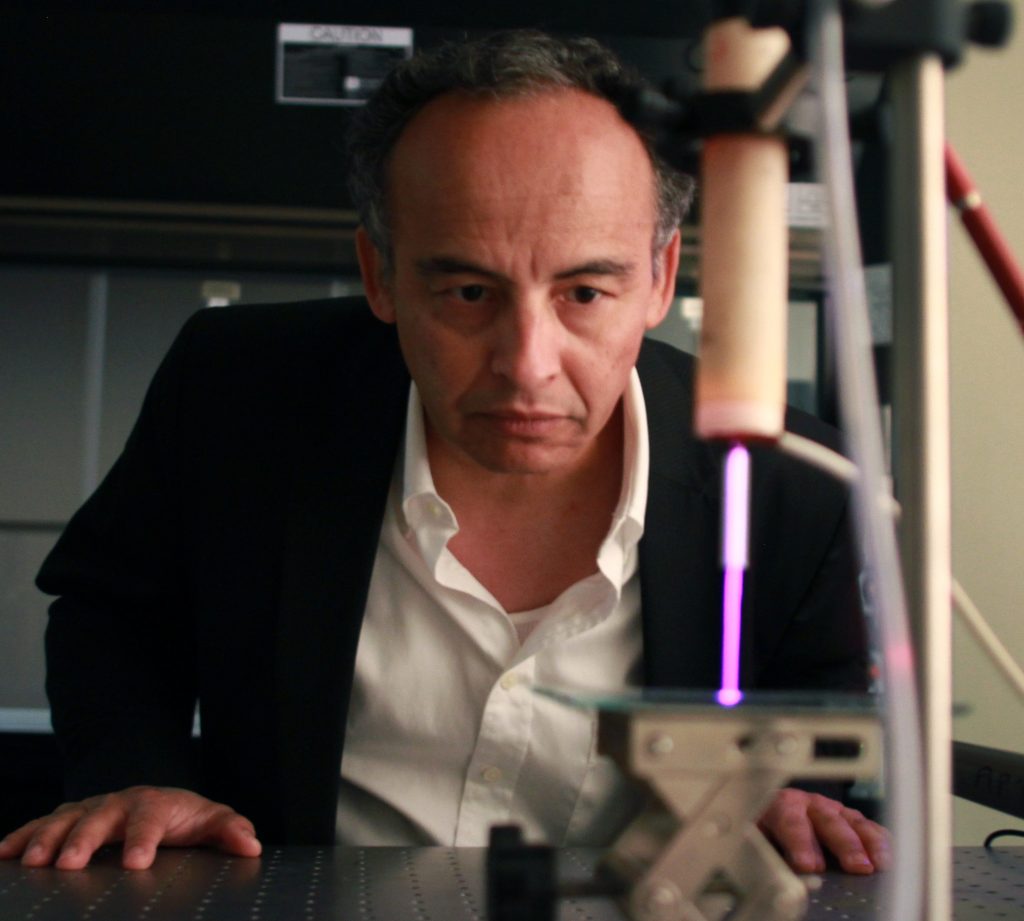
The earliest experiments in modern plasma medicine were conducted in the mid-1990s and they were about the inactivation of bacteria on surfaces and in liquids. The dielectric barrier discharge (DBD) and the resistive barrier discharge (RBD) were used in these early experiments. The Photograph below shows Mounir Laroussi next to a resistive barrier discharge setup. Photo was taken in the year 2000.
